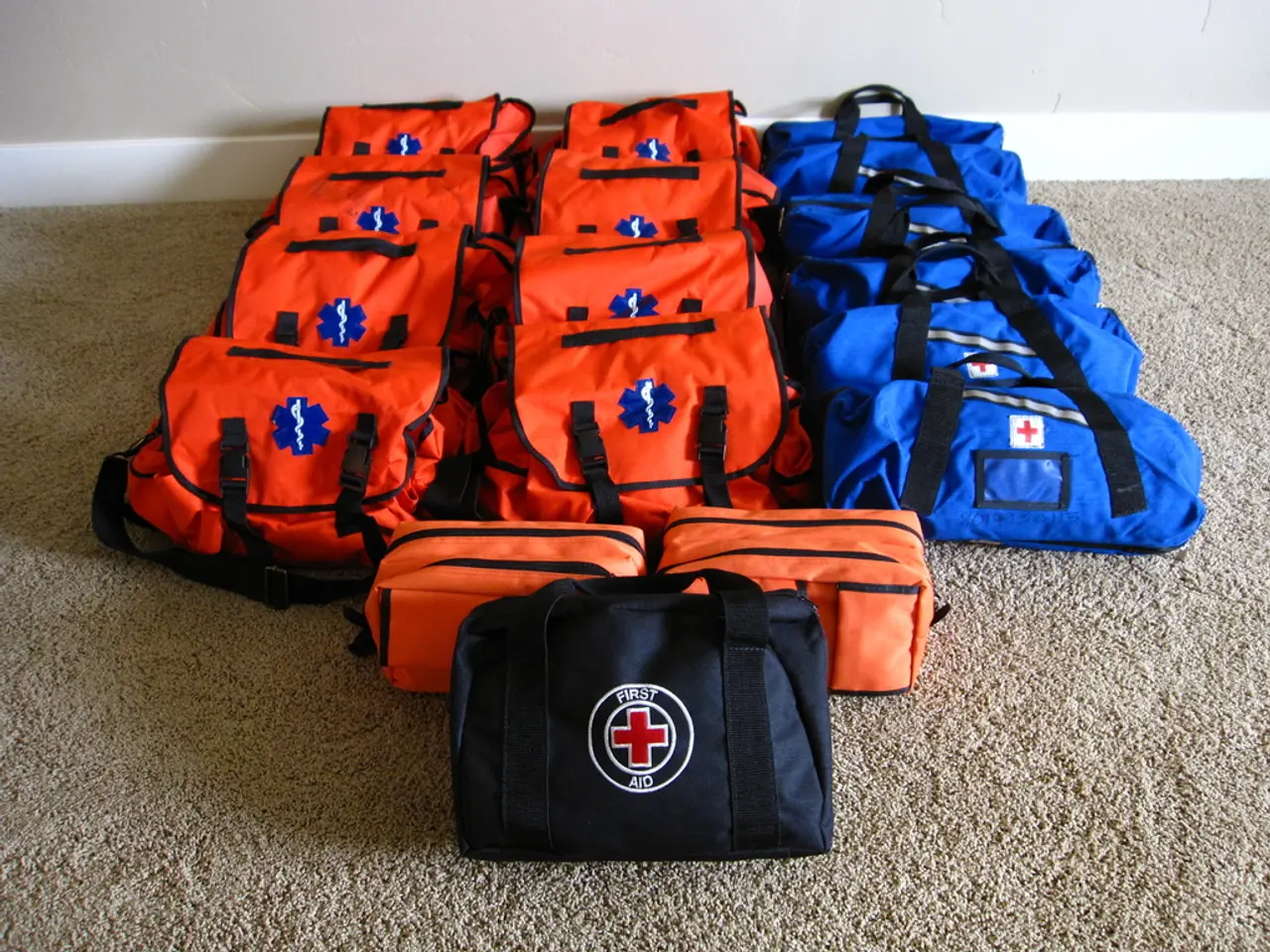Dogs and the Risk of Salmonella Infection
Salmonella, a common bacterium that can cause illness in dogs, is a concern for many pet owners. Here's what you need to know about preventing, diagnosing, and treating Salmonella in dogs.
Prevention is Key
The most effective way to help prevent Salmonella in dogs is to ensure that they do not have access to raw meat. Additionally, limiting a dog's access to the stool of other animals, such as small mammals, reptiles, and birds, will also decrease the risk of Salmonella.
Diagnosis and Symptoms
Signs of Salmonella infection in dogs typically appear within 6 to 72 hours after exposure and may include high fever, vomiting, diarrhea (which can be bloody), loss of appetite, lethargy or decreased activity, and sometimes abdominal pain or discomfort. Some infected dogs may be asymptomatic carriers, shedding the bacteria without showing clinical signs.
To look for Salmonella, a fecal sample may be collected for bacterial culture, which takes several days and has limitations. A fecal parasite exam is used to rule out other intestinal parasites in dogs but cannot detect Salmonella. Blood tests such as a complete blood cell count and serum biochemistry cannot definitively diagnose Salmonella but may indicate other potential causes of a dog's illness. Multiple fecal samples may be required for diagnosis as some infected dogs do not shed the bacterium in every sample.
Treatment
Treatment involves promptly taking the dog to a veterinarian for diagnosis and supportive care. The vet may prescribe antibiotics effective against Salmonella, especially in severe cases or in dogs with a weakened immune system, but they are typically avoided in mild or asymptomatic cases. Supportive treatments often include fluid therapy (IV fluids) to prevent dehydration caused by vomiting and diarrhea. In some cases, hospitalization is necessary for close monitoring.
The most common anti-nausea drug used in the treatment of Salmonella is maropitant. Other important steps include isolating the infected dog to prevent spread, thorough cleaning and disinfecting of the environment (using a bleach solution of 1 part bleach to 10 parts water), washing the dog's bedding and toys, and practicing strict hygiene to avoid transmission to other pets or humans.
In Case of a Food Recall
In the event of a Salmonella food recall, storing the dog's food in its original container with the manufacturer information and lot number available is recommended. This will help in tracking the source of the potential contamination and aid in any necessary investigations.
The relationship between dogs and Salmonella is often unclear due to the large number of dogs that shed Salmonella asymptomatically. However, it's crucial to remain vigilant and take the necessary precautions to protect your pet and your family from potential Salmonella infections.
If you notice signs like persistent vomiting, bloody diarrhea, fever, or lethargy in your dog, seek veterinary care immediately to confirm the diagnosis and begin appropriate treatment.
Elevating the focus on overall health and wellness, it's essential to remember that mental health isn't overlooked in this context. In fact, dealing with a Salmonella infection can be stressful for both pets and owners. Therefore, prioritizing stress management techniques, such as regular exercise, a balanced diet, and providing a supportive environment, can aid in maintaining the mental health of pets during this challenging period.
In light of our ongoing discussions on science and health-and-wellness, it's evident that understanding and effectively addressing Salmonella infection in dogs not only benefits our pets but also safeguards human health, given the potential for cross-species transmission.




